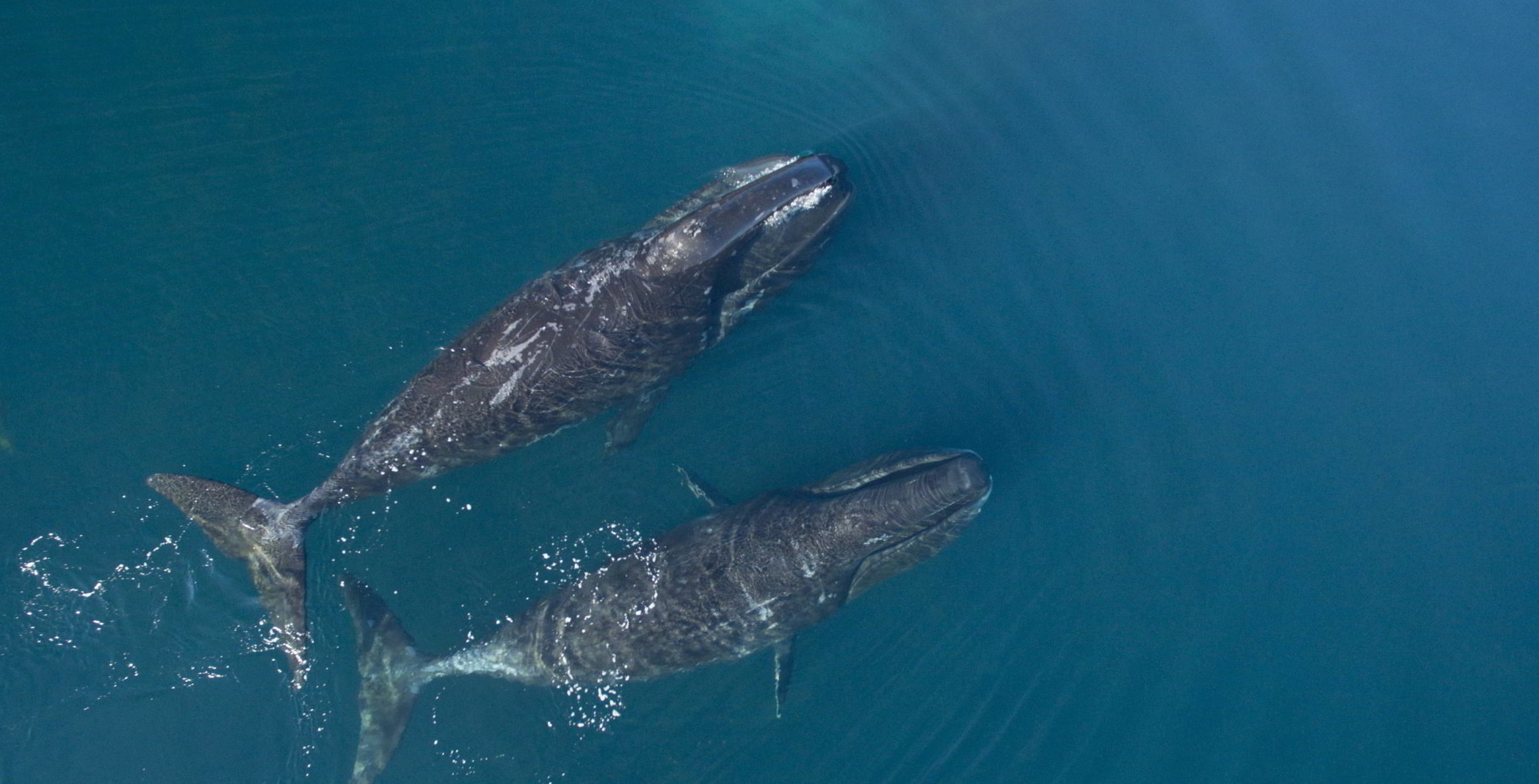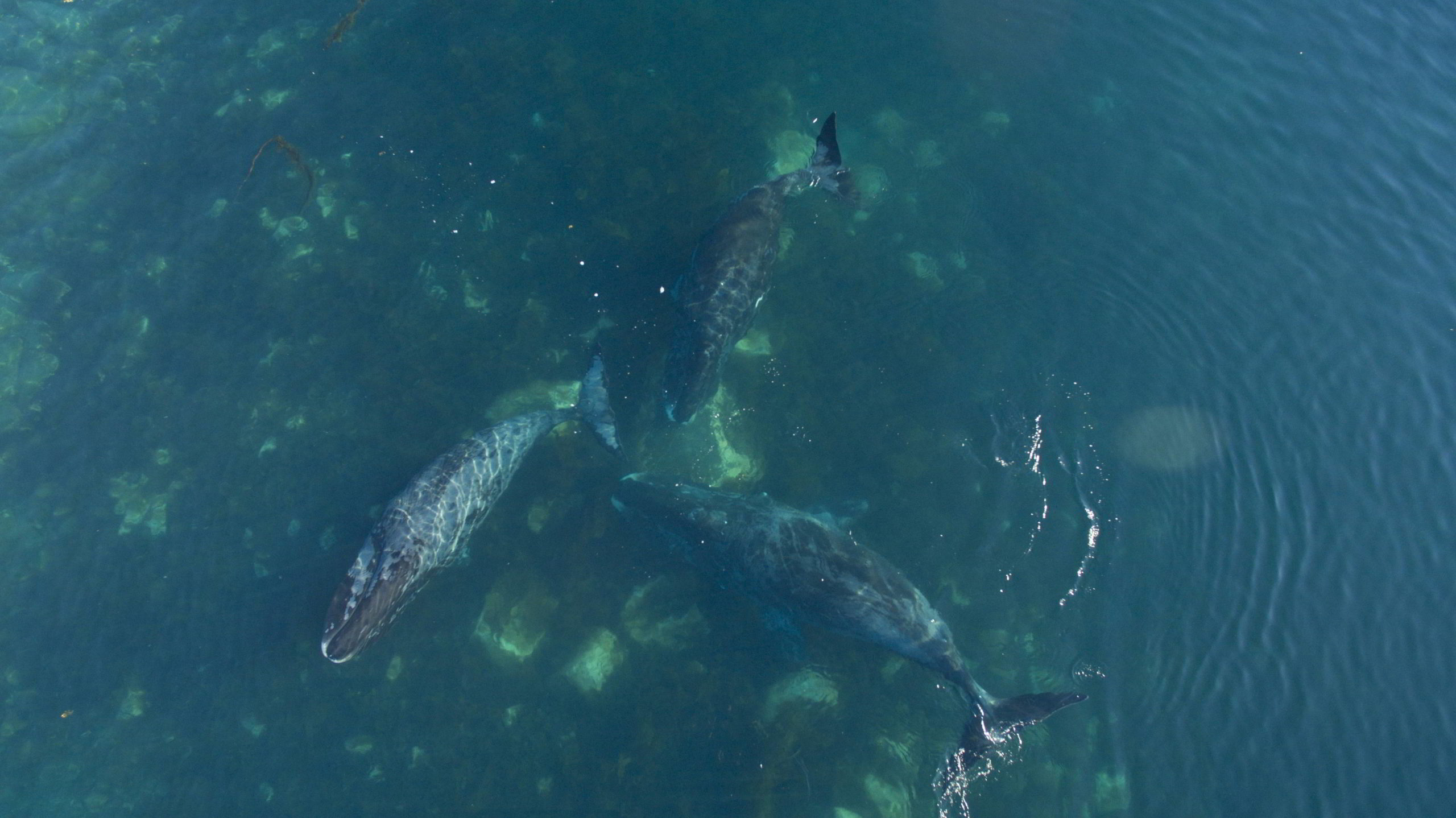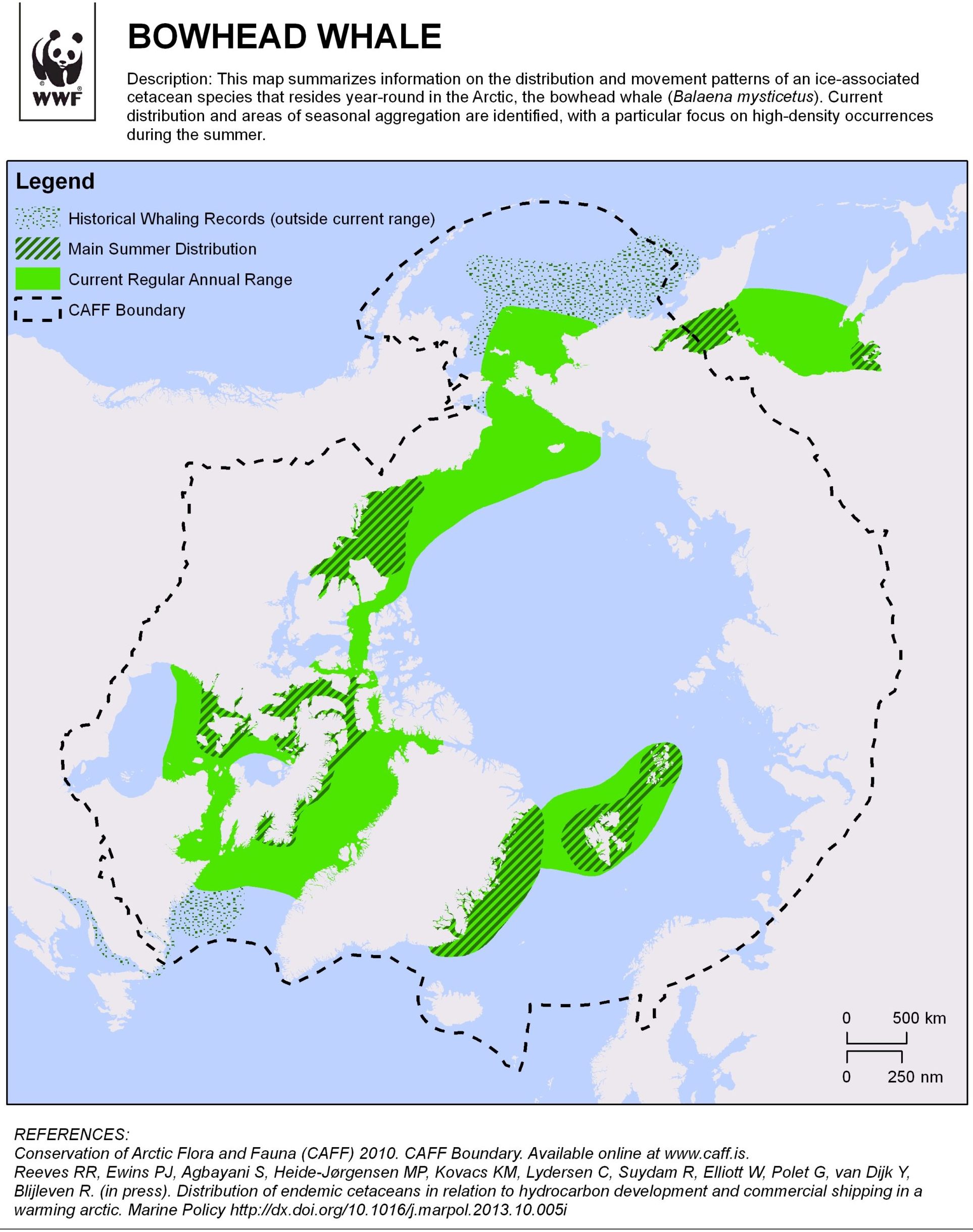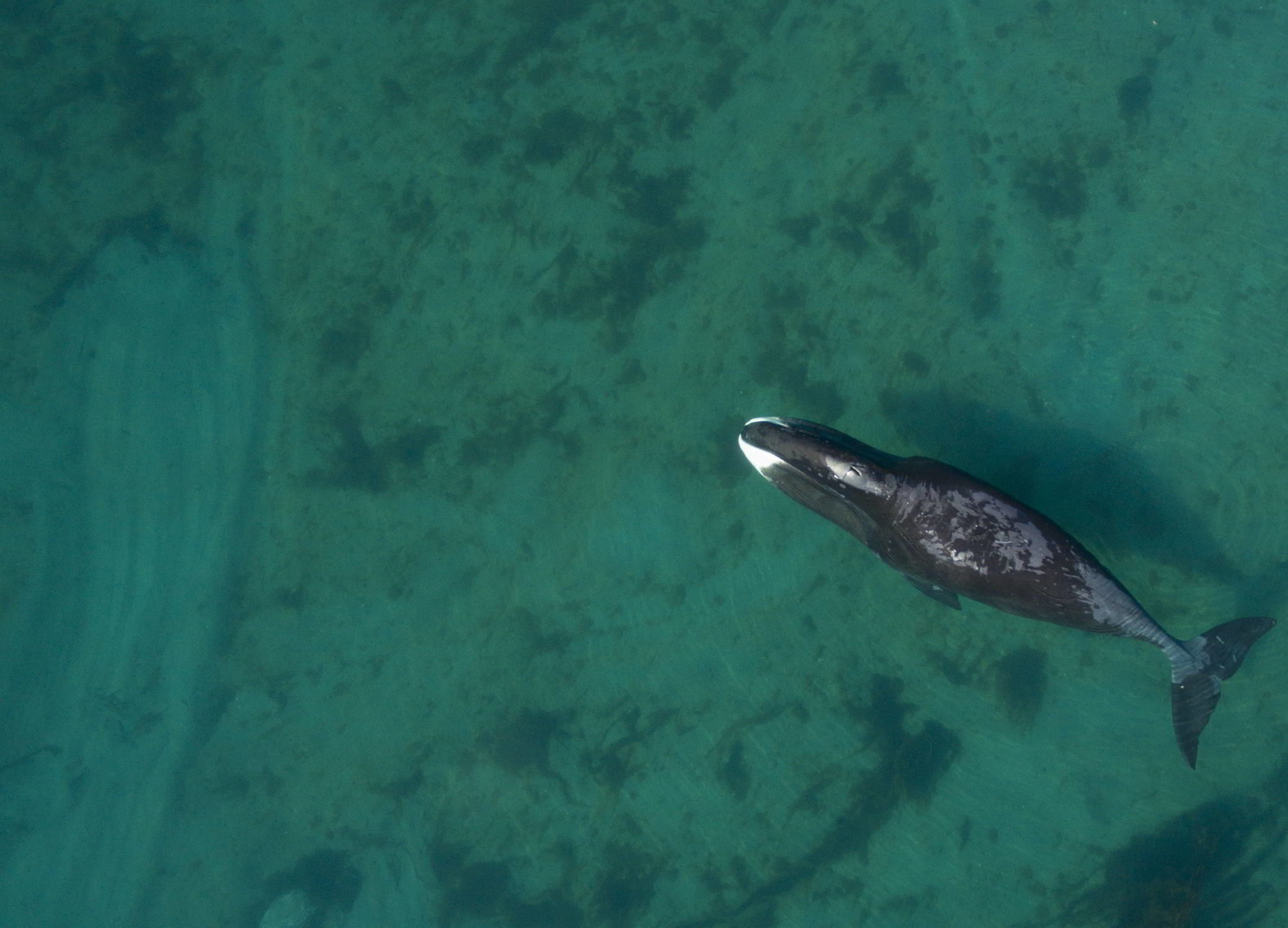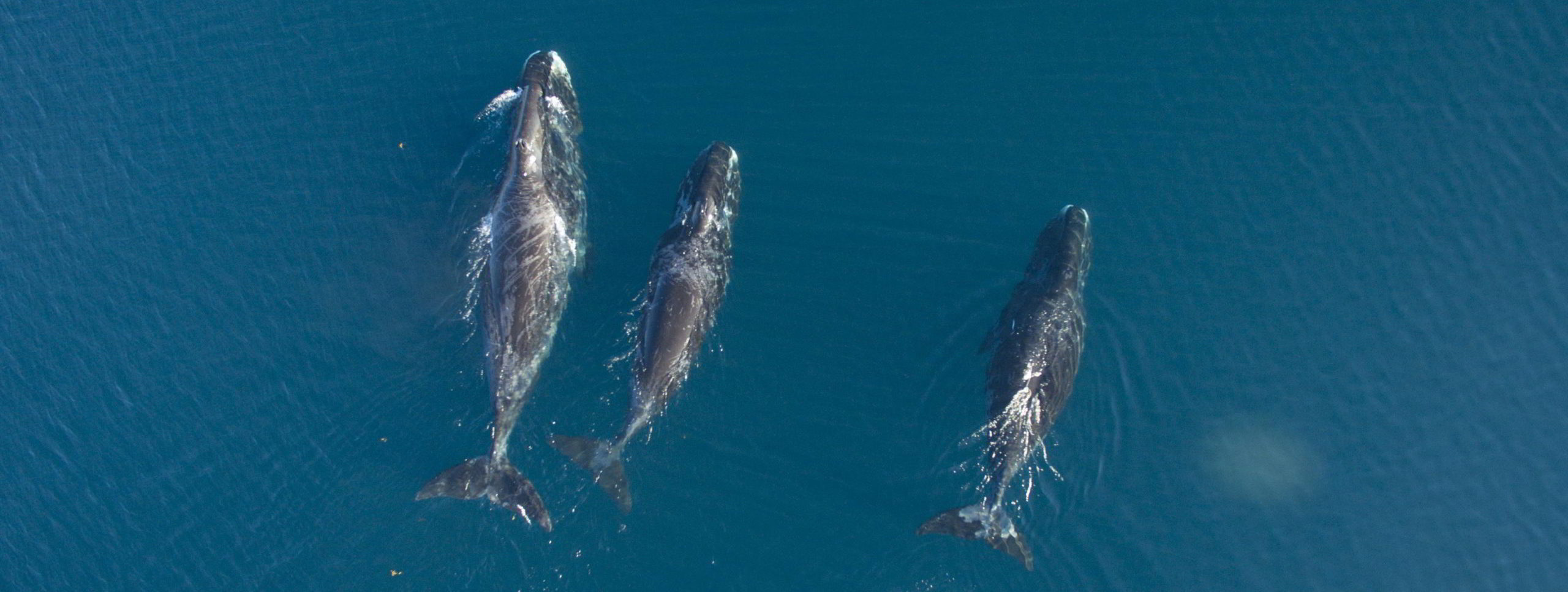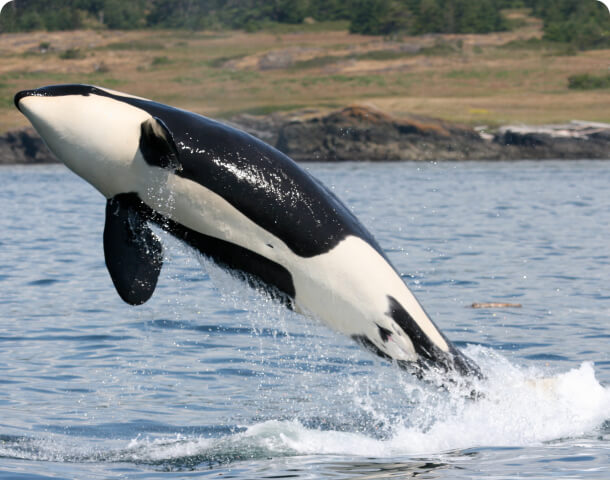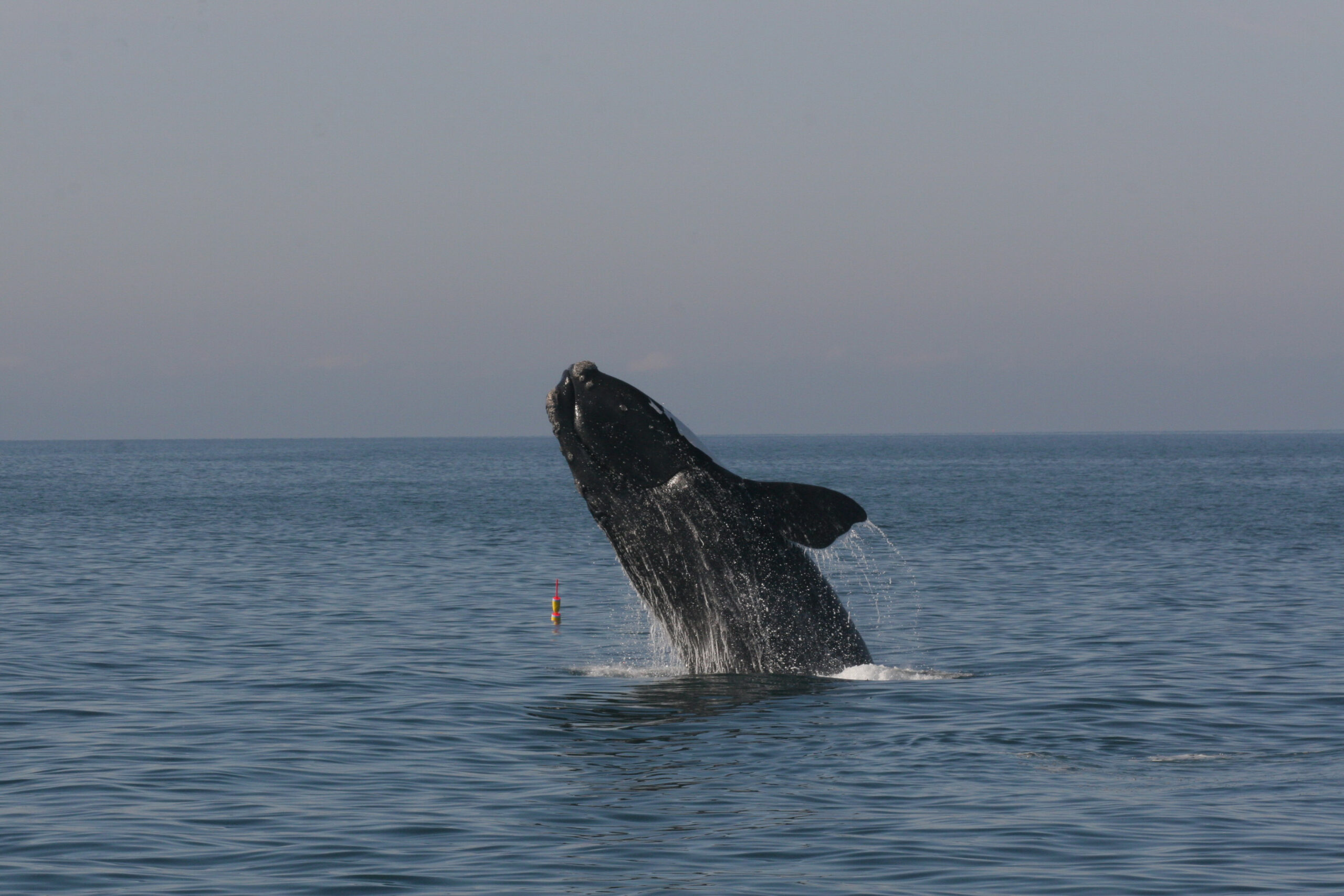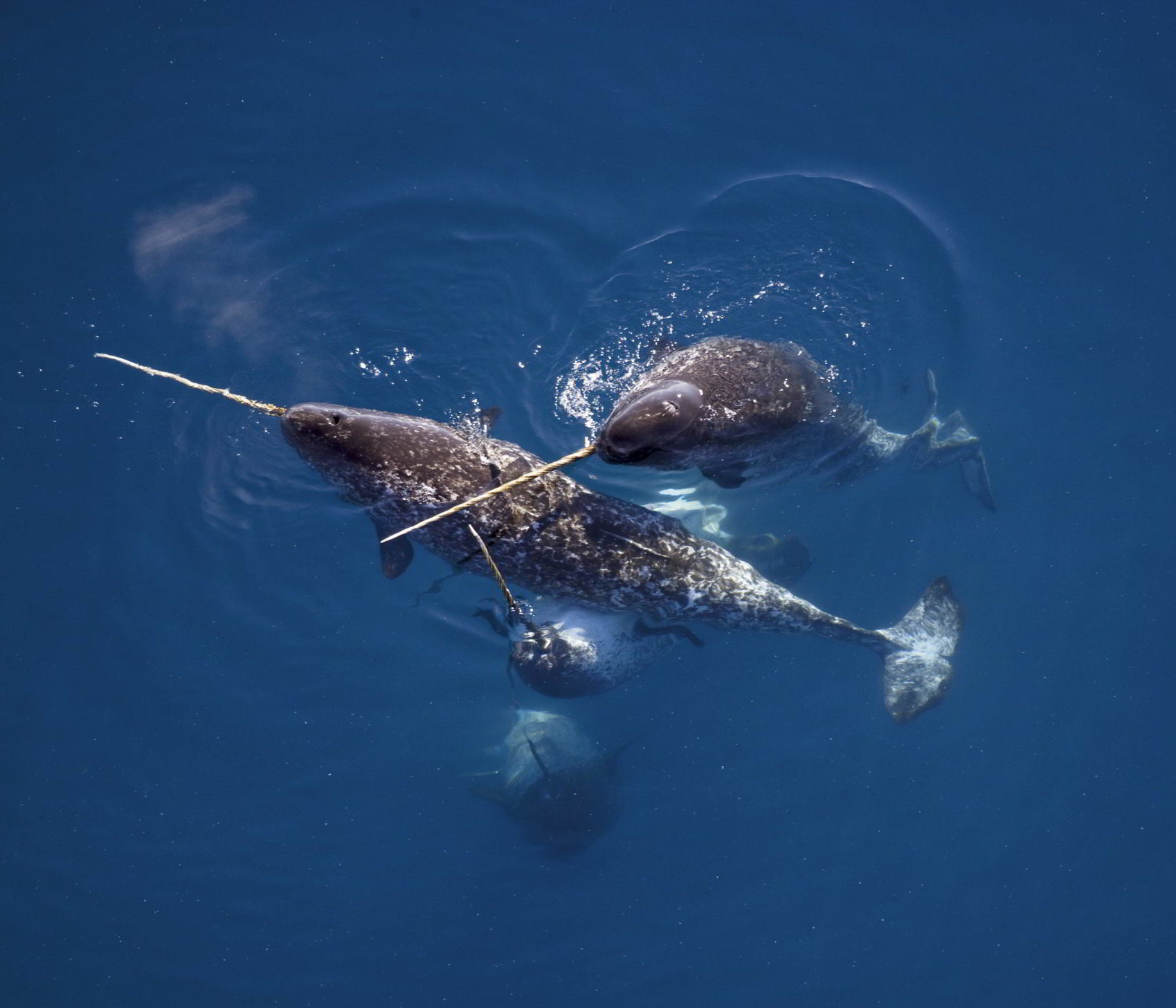Up until the last century, the commercial appeal of the bowhead whales’ long baleen plates and thick blubber have made these whales — and its closest relative, the right whale — the most economically valuable animals for commercial whale hunters.
Bowhead whales are still recovering from severe over-hunting that started as early as the 16th century and ended only when populations crashed to near extinction. It will take many more decades for this long-lived and slow-reproducing species to recover to pre-whaling numbers, though signs are encouraging.
Modern threats to bowheads include sea ice retreat and changes to food web dynamics due to rapid climate change and ocean acidification. Bowheads are also threatened by other human activities, including oil and gas exploration, commercial shipping and fishing. As a large, slow-moving whale, bowheads are vulnerable to ship strikes as Arctic shipping increases.

